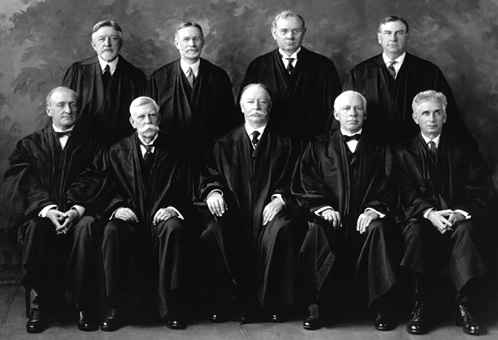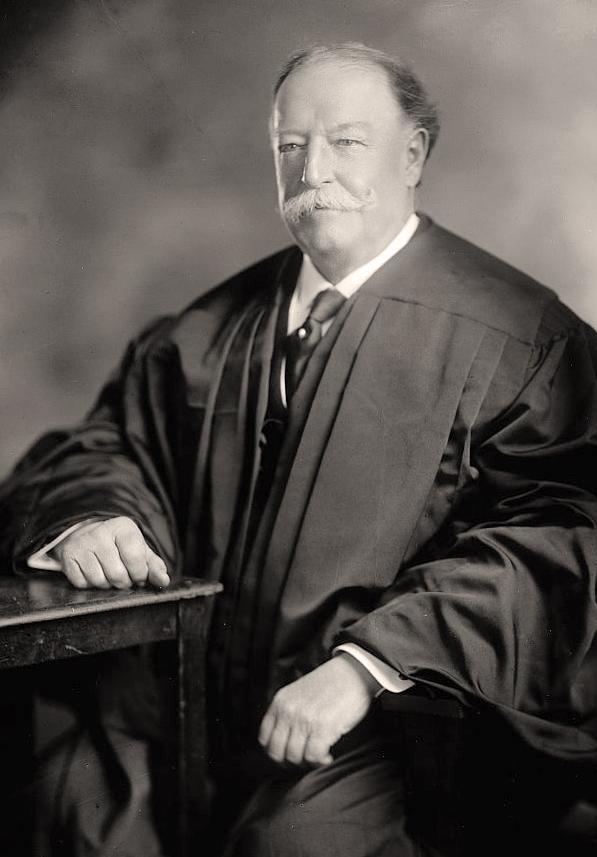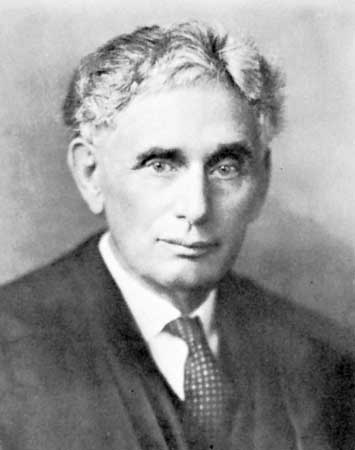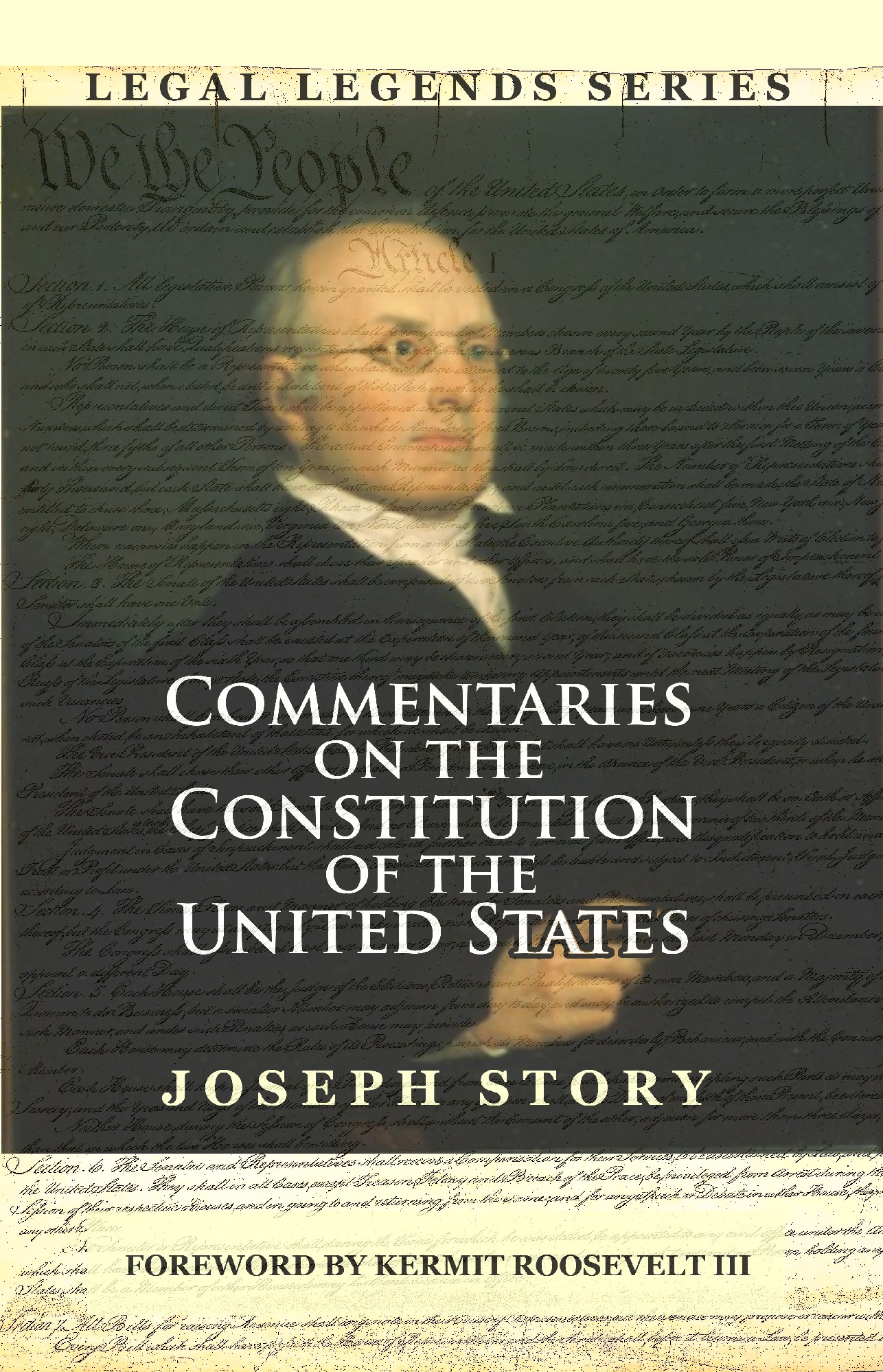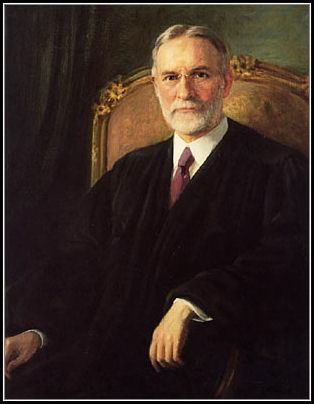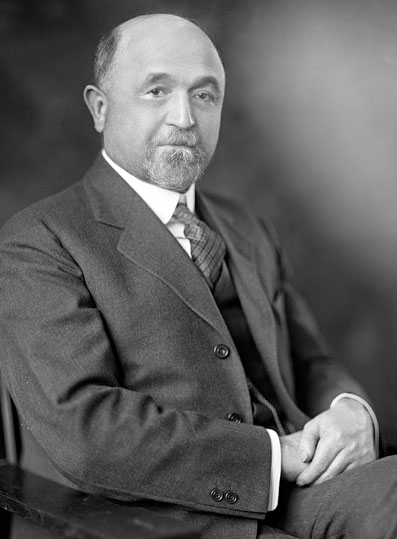In March for Life v. Burwell, Judge Leon (D.D.C.) found that HHS could not enforce the contraceptive mandate against March for Life, a staunchly pro-life group that is not religious. Beyond the conventional RFRA analysis, the court found that HHS lacks a rational basis to exempt religious organizations that oppose abortion, but not similarly situated secular organizations with the same beliefs. This analysis echoes a point we made in the Cato Amicus in support of the Little Sisters of the Poor–that HHS lacks the interpretive authority to pick and choose which religious organizations can receive exemptions from the mandate.
Judge Leon’s analysis, though grounded in equal protection doctrine, reaches a very similar conclusion. Here is the key analysis:
What emerges is a curious rationale indeed. HHS has chosen to protect a class of individuals [Houses of worship only] that, it believes, are less likely than other individuals to avail themselves of contraceptives. It has consequently moored this accommodation not in the language of conscientious objection, but in the vernacular of religious protection. This, of course, is puzzling. In HHS’s own view, it is not the belief or non-belief in God that warrants safe harbor from the Mandate. The characteristic that warrants protection–and employment relationship based in part on a shared objection to abortifacients–is altogether separate from theism. Stated differently, what HHS claims to be protecting is religious belief, when it actually is protecting a moral philosophy about the sanctity of human life. Where HHS has erred, however, is in assuming that this trait is unique to such organizations [Houses of worship]. It is not.
The court goes on to explain that March for Life, and its employees, share a pro-life philosophy. Indeed, their employees work there to advocate their views.
On the spectrum of “likelihood” that undergirds HHS’s policy decisions, March for Life’s employees are, to put it mildly, “unlikely” to use contraceptives. In this respect, March for Life and exempted religious organizations are not just “similarly situated,” they are identically situated.
The court finds this classification cannot be supported by a rational basis:
HHS has chosen, however, to accommodate this moral philosophy only when it is overtly tied to religious values. HHS provides no principled basis, other than the semantics of religious tolerance, for its distinction. If the purpose of the religious employer exemption is, as HHS states, to respect the anti-abortifacient tenets of an employer relationship, then it makes no rational sense–indeed no sense whatsoever–to deny March for Life that same respect.
The exact same rationale explains why the Little Sisters of the Poor, and other similarly situated groups, should be exempted from the mandate. As we explain in our amicus:
The Departments justified the religious-employer exemption to the contraceptive mandate on the grounds that “houses of worship and their integrated auxiliaries . . . are more likely than other employers to employ people who are of the same faith and/or adhere to the same objection, and who would therefore be less likely than other people to use contraceptive services even if such services were covered under their plan.” 78 Fed.Reg. 39887. Other religious associations, like the petitioners, meanwhile, received only the accommodation because their employees “are less likely than individuals in plans of religious employers to share their employer’s . . . faith and objection to contraceptive coverage on religious grounds.”Id. This is the same sort of blinkered distinction the Treasury Department drew in 1977, albeit with a permissible—but congressionally countermanded—interpretation of what a “church” is.
With respect to the contraceptive mandate, the distinction between religious employers was made beyond any permissible scope of the Departments’ interpretive authority and in a manner that unjustifiably intruded onto free exercise. Consider the facts of this case. “Each Little Sister has chosen to follow Jesus Christ by taking lifetime vows to offer the poorest elderly of every race and religion a home where they will be welcomed as if they were Jesus himself, cared for as family, and treated with dignity until God calls them to his home.” Little Sisters Complaint at 14. To that end, the “Little Sisters have vowed obedience to the Pope, and thus obey the ethical teachings of the Catholic Church.” Id. at 15. While the organization has lay employees like any house of worship, the Little Sisters have personally taken an oath that expresses their clear moral opposition to the contraception mandate. In her declaration, Mother Loraine Marie Clare Maguire—the provincial superior of the Little Sisters—explained that the organization “filed a detailed public comment with the government to inform them of our sincere religious objection to incorporating us into their scheme. But the government refused to exempt us.” Supp. Decl. (Nov. 15, 2013), at 17.
The Departments here crudely bifurcated houses of worship and their associates, based on a supposition that people who work for the Little Sisters—an obviously religious group of nuns who have vowed obedience to the Pope!—are less likely than church employees to adhere to the teachings of the Roman Catholic Church. This conclusory assertion serves as a testament to how out of their league the Departments were. Moreover, “[i]t is especially unlikely that Congress would have delegated this decision to” HHS, Labor, and Treasury, “which ha[ve] no expertise in crafting” religious accommodations “of this sort” without any statutory guidance. King, 135 S.Ct. at 2489 (citing Gonzales, 546 U.S. at 266–267).
In the APA context, rather than the equal protection context, the argument is even stronger that HHS acted without authority in deciding which organizations should be exempted from the mandate. As Judge Leon pointed out, HHS based their framing not on religious beliefs, but no opposition to contraceptives. This far broader basis should certainly include the Little Sisters and March for Life.
